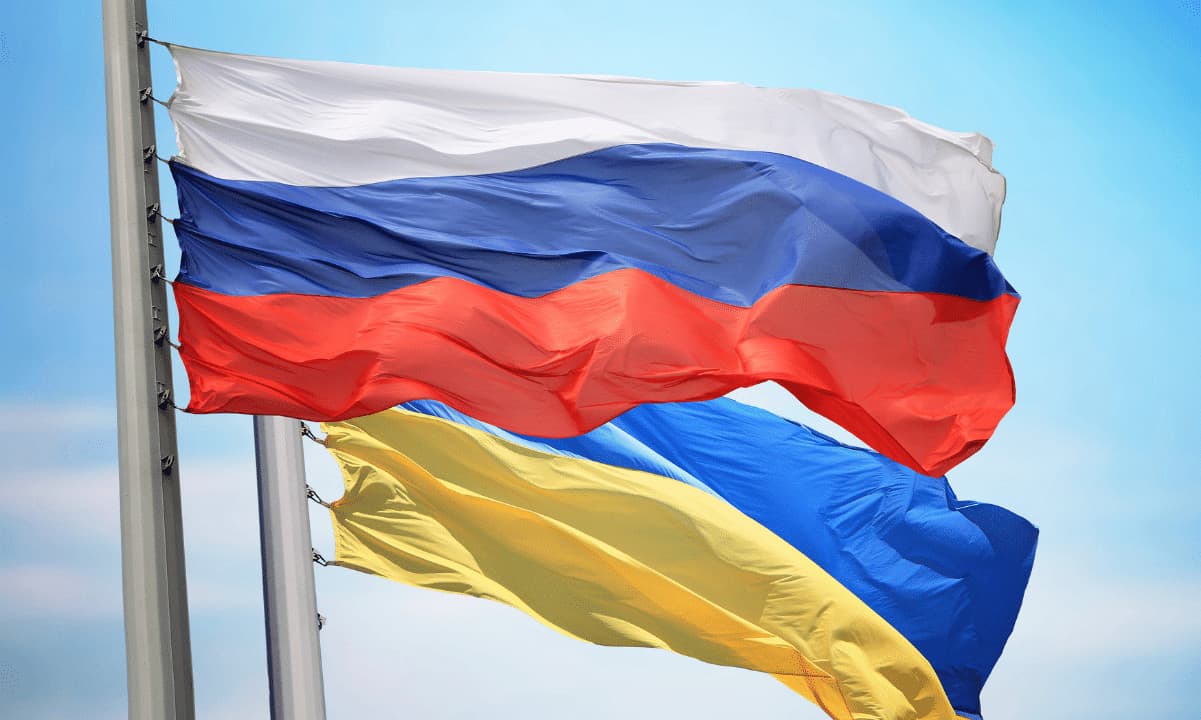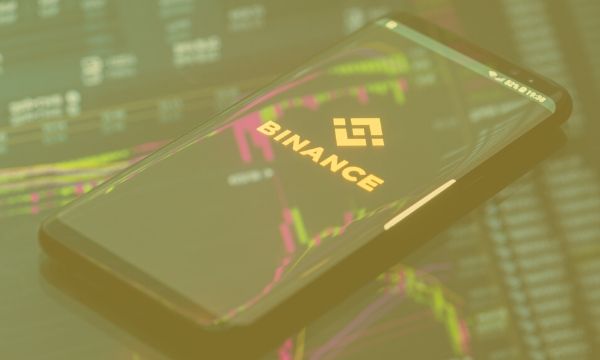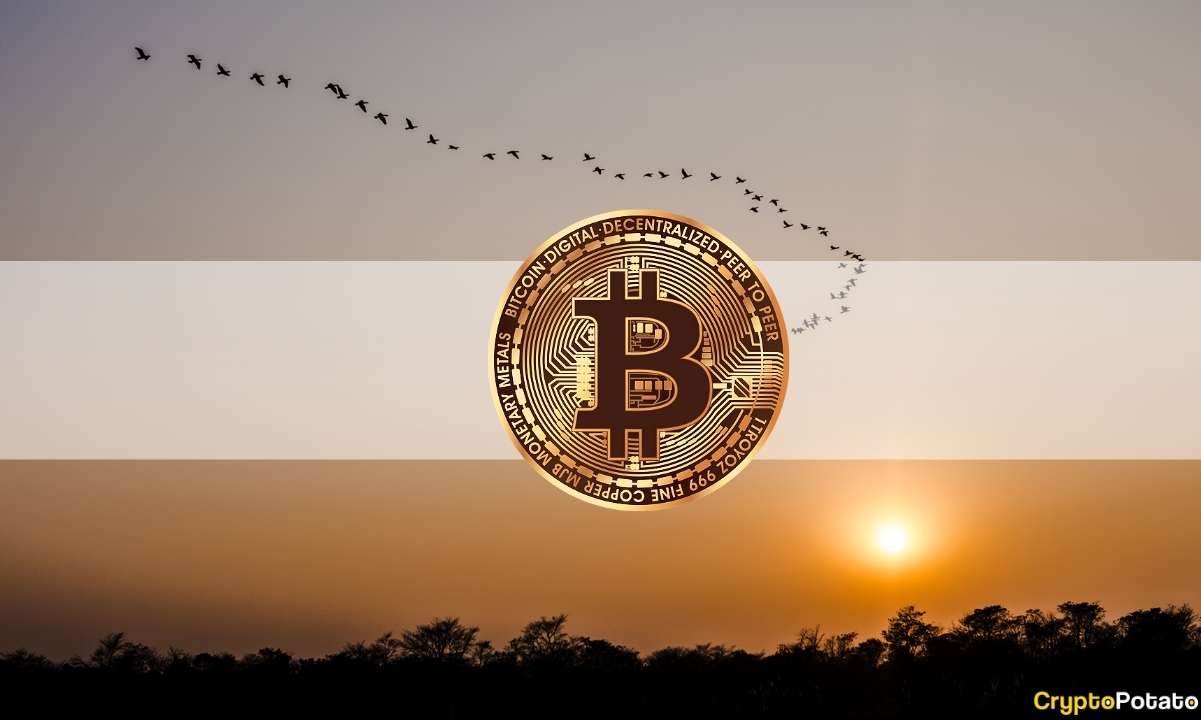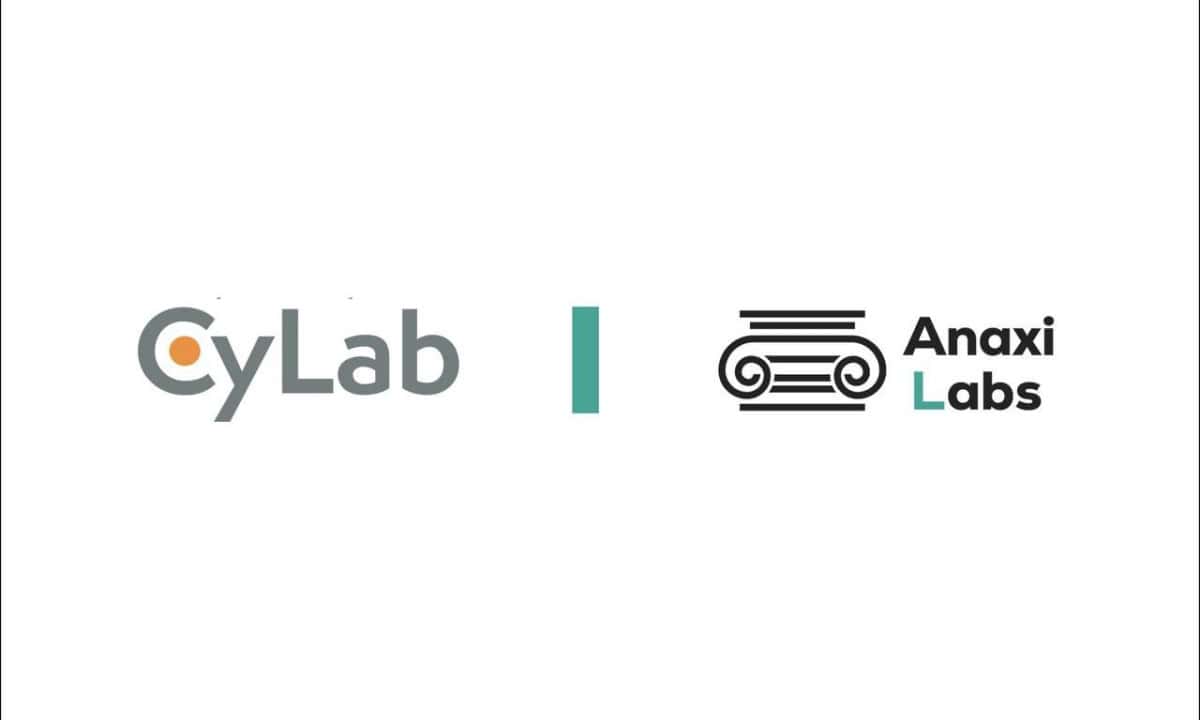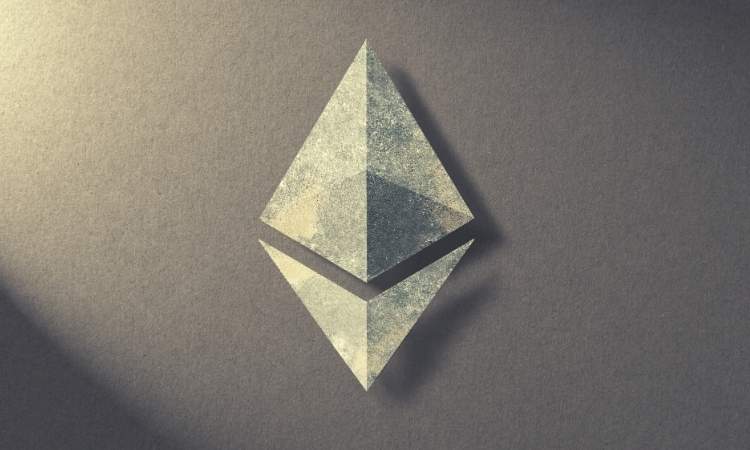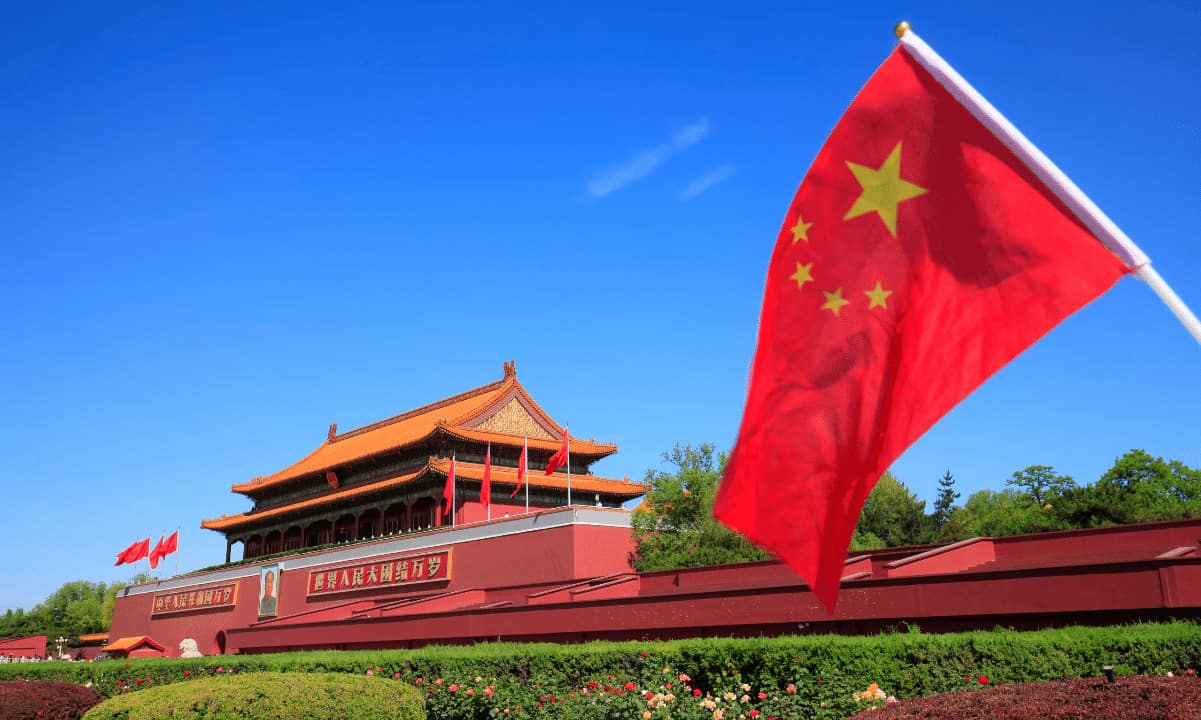The Giant Is Back: Tezos Imminent Arrival of its First On-Chain Protocol Upgrade
Tezos is a notable open-source project in the blockchain space, which applies decentralization to its overall model, instead of merely touting decentralization, according to Alison Mangiero, president of The Tocqueville Group (TQ Tezos).
As a reminder, Tezos had gone through a very successful ICO event during the summer of 2017, raising as much as $232 million. Back then, Tezos was the ICO which raised the highest amount of funds.
Decentralization On The Whole
“Tezos, as a project, doesn’t just pay lip service to decentralization and isn’t just decentralized in terms of our validators, stakers or bakers,” Mangiero said on a recent interview with CryptoPotato. “The entities that work on Tezos are also decentralized.”
Diving into the concept a bit further, Mangiero explained the Zug-based (Switzerland) Tezos Foundation “houses

the funds from the original Tezos Foundation fundraiser.” Its mission, she noted, “Is to deploy those funds to support the Tezos ecosystem.” Everyday activities for the Foundation include providing grants to various players, as well as supporting entities working to help the Tezos project via multiple methods, Mangiero said. The New York-based TQ is one such entity.
Regarding TQ, Mangiero said they “focus on business development, technical services, communications and marketing, and advocacy work.”
The TQ president also mentioned the Paris-based Nomadic Labs. “They are one of the teams working on the core protocol,” she explained. Mangiero clarified that many teams work on the Tezos protocol globally, and “some of the original architects of Tezos are now housed in Nomadic Labs in Paris.” Additionally, she mentioned several other involved groups worldwide, including Tezos Japan, Tezos Korea, Tezos Southeast Asia, and others.
Recent Tezos News
Speaking on recent developments for Tezos, Mangiero spoke about the very first Tezos upgrade, Athens, which has been in the works over the past several months, beginning in January 2019. “One of the key differentiators of Tezos is that the protocol can upgrade itself,” she explained.
“It’s a self-amending ledger, meaning it incorporates a formal, on-chain mechanism for proposing, selecting, testing, and activating protocol upgrades, which come directly from the community, without the need to hard fork.”
Mangiero added, “The first amendments to the protocol were proposed in January [2019].” The proposed changes apply to the area of baking (staking for Tezos), and the minimum number of tokens needed to own a roll (similar to a master node) in order to be able to bake.
Prior to the discussed upgrade, users desiring to bake would need a roll consisting of 10,000 XTZ coins, Mangiero explained. January’s proposal included lowering the required roll size, from 10,000 down to 8,000, as well as proposed alterations to gas limits, the TQ president noted.
The community showed voting support in favor of decreasing the roll requirement, Mangiero said. “We are nearing the end of the exploratory period now, and by the end of May, assuming the proposal reaches quorum, that change will be made automatically,” she explained. “This is an important moment because it will prove that the protocol is capable of upgrading itself,” she added. “We’ve known that it worked in theory, but this will be the first time the Tezos protocol will actually have done that.”
Mangiero also clarified, ” a roughly 80% supermajority is the threshold for a quorum.” This essentially means at least 80% of bakers voting must approve the upgrade for the changes to take place.”
The post The Giant Is Back: Tezos Imminent Arrival of its First On-Chain Protocol Upgrade appeared first on CryptoPotato.

